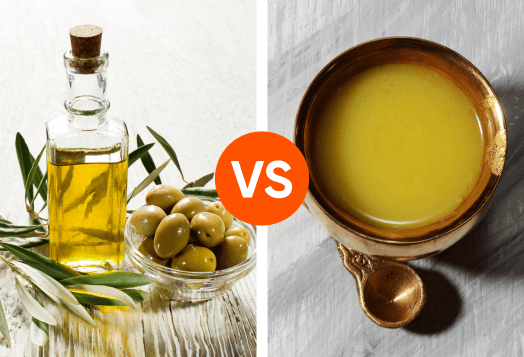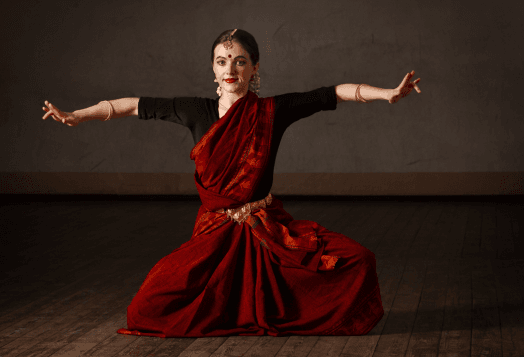
India is home to some of the world’s most captivating dance traditions. Folk dance in India is not just about rhythm and movement—it is an expression of heritage, a celebration of life, and a medium that binds communities. Each region boasts unique traditional Indian dances, which tell stories of love, harvest, festivals, and devotion.
The Heartbeat of Indian Traditionst
Our folk dances are deeply rooted in the nation's cultural fabric. Unlike classical, codified, and formal dances, folk dances are informal and spontaneous, passed down through generations as a shared community experience.
From the energetic Bhangra of Punjab to the mesmerising Garba of Gujarat, each dance reflects the ethos of its region, celebrating festivals, rituals, and everyday life with equal fervour.
Famous Folk Dances of India
1. Bhangra and Gidda (Punjab)
These lively dances are synonymous with the joy of harvest. Accompanied by dhol beats, they showcase vibrant costumes and energetic movements. Men perform Bhangra, while Gidda brings the feminine energy of Punjab to life.
2. Garba and Dandiya Raas (Gujarat)
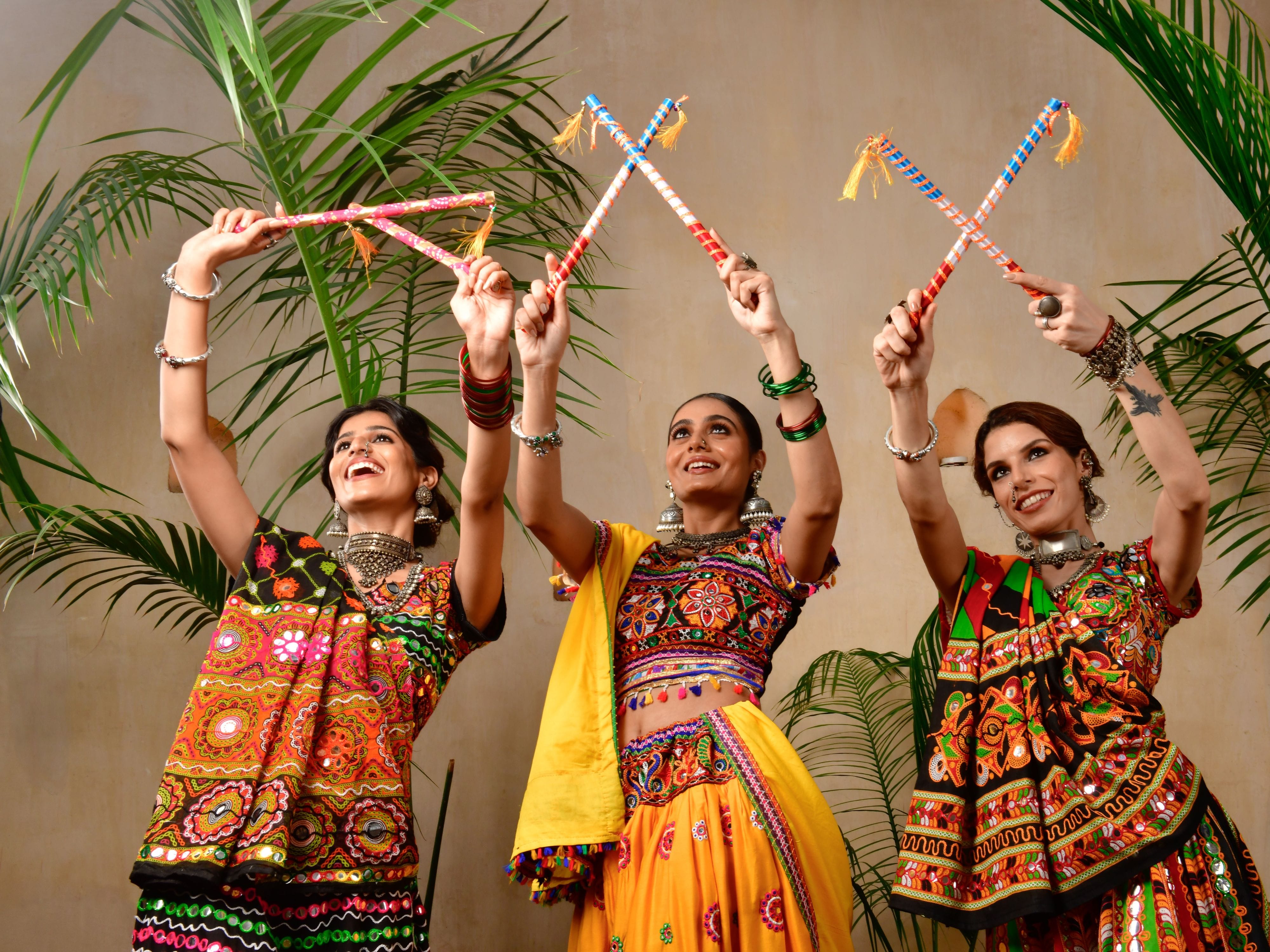
Performed during Navratri, these circular dances are a visual treat. Garba is traditionally performed in devotion to Goddess Durga, while Dandiya Raas involves rhythmic stick movements that captivate the audience.
3. Ghoomar (Rajasthan)
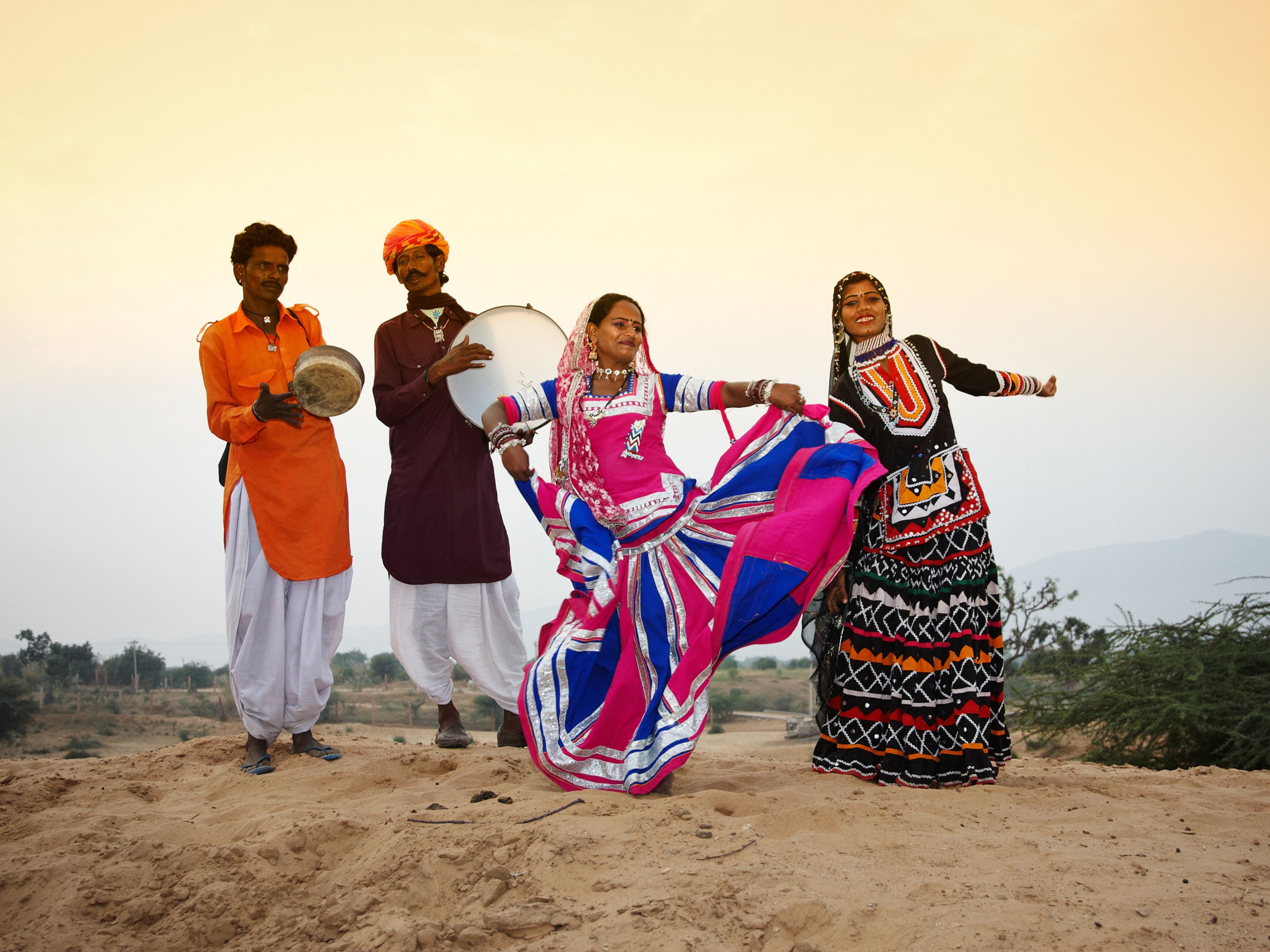
This elegant dance is known for its graceful twirls, colourful ghagras, and intricate movements. Ghoomar is performed during royal celebrations and festive occasions, adding a regal charm to Rajasthani traditions.
4. Lavani (Maharashtra)
A blend of music and storytelling, Lavani is known for its expressive moves and powerful lyrics. It highlights social themes, often performed with vibrant saris and lively beats.
5. Bihu Dance (Assam)
Bihu dance, a reflection of Assam’s agricultural life, marks the arrival of spring. Its playful movements, vibrant attire, and joyous rhythms mirror the spirit of the Assamese people.
Folk Dance Beyond the Stage
These regional folk dances are not merely performances; they are experiences that connect people to their roots. While celebrating life, they preserve history, keeping ancient traditions alive in an ever-changing world.
Traditional Indian Dances and Their Essence
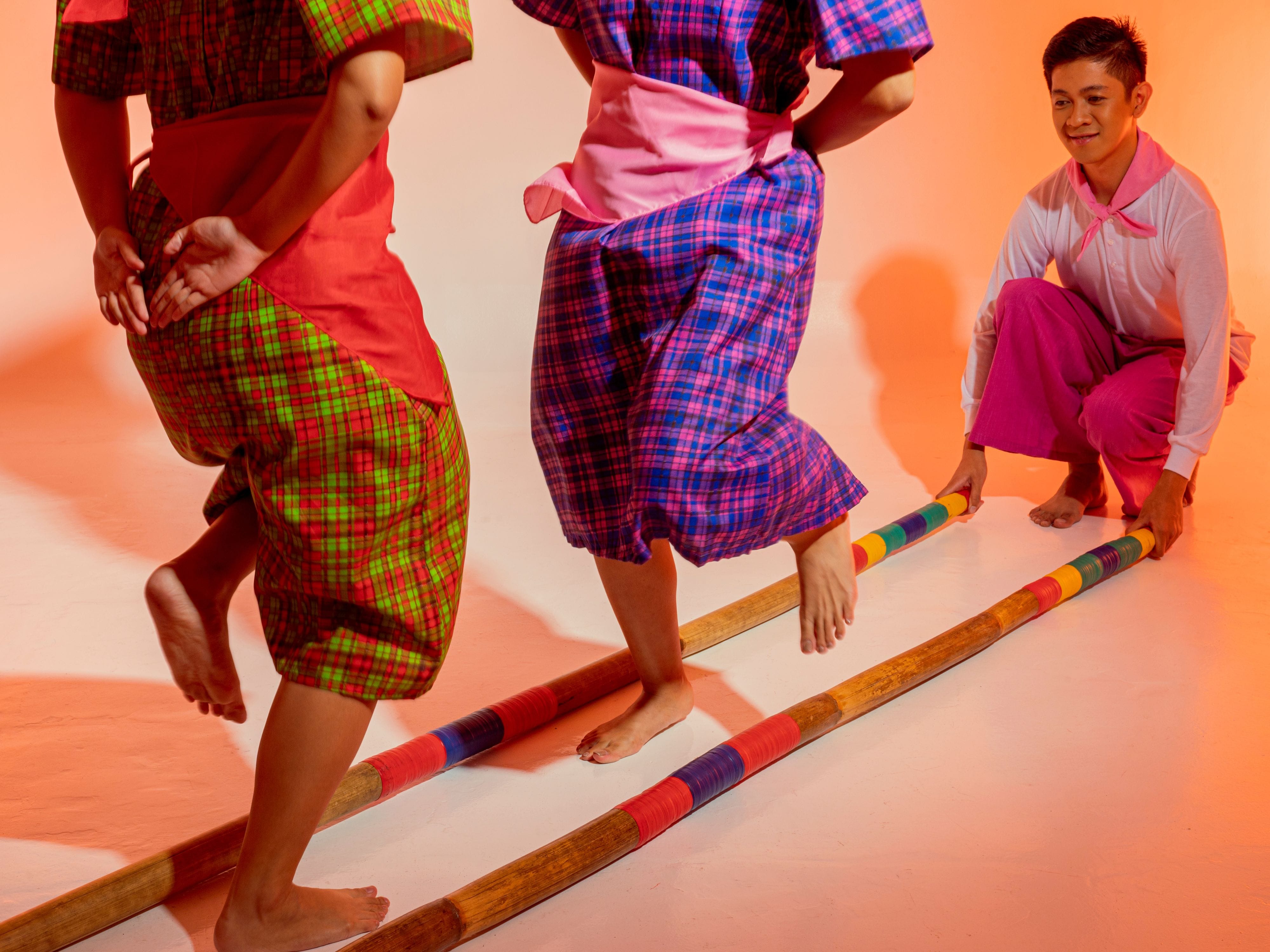
Folk dances in India go beyond entertainment; they reflect the cultural values of each community. Their costumes, music, and even the instruments used hold significant meaning:
- Costumes: The attire often incorporates local fabrics, motifs, and vibrant colours, reflecting the region’s aesthetic.
- Music: Folk music played on indigenous instruments like the dhol, pungi, and ektara sets the rhythm for the dancers.
- Stories: Each performance narrates tales of mythology, social values, or local history, adding depth to the dance.
How Folk Dances Unite Communities
One of the most remarkable aspects of folk dance of India is its ability to bring people together. During festivals and gatherings, entire communities participate, creating a sense of unity and shared celebration. The open spaces, cheerful rhythms, and collective movements foster an environment of joy and belonging.
Learning Folk Dances
Exploring India’s folk dances is a rewarding way to connect with its rich heritage. While these dances might appear intricate, they are accessible to anyone willing to learn.
Suppose you’re curious about stepping into the world of traditional Indian dances. In that case, dance mentors on pyng can help you discover the rhythms, movements, and history behind these art forms right from the comfort of your home.
Why Explore Regional Folk Dances?
Learning about or practising regional folk dances is not just about mastering the steps; it’s about immersing yourself in the culture and stories they hold. It’s a chance to:
Reconnect with heritage: Gain insights into the traditions and rituals of a region.
Celebrate diversity: Experience the unique flavours of India’s cultural mosaic.
Stay active and joyful: The movements are fun and great for your health.
Take the First Step into India’s Dance Legacy
Folk dances are living testaments to India’s cultural diversity and vibrancy. Each dance form is a story waiting to be explored, a tradition waiting to be preserved.
Disclaimer: This information provided is intended for general informational purposes only. It is not a substitute for professional advice or guidance. For personalised recommendations or specific concerns, please consult a certified professional.

